|
|
 |
|
|
5. Fallschirmjäger in Tunisia (2)
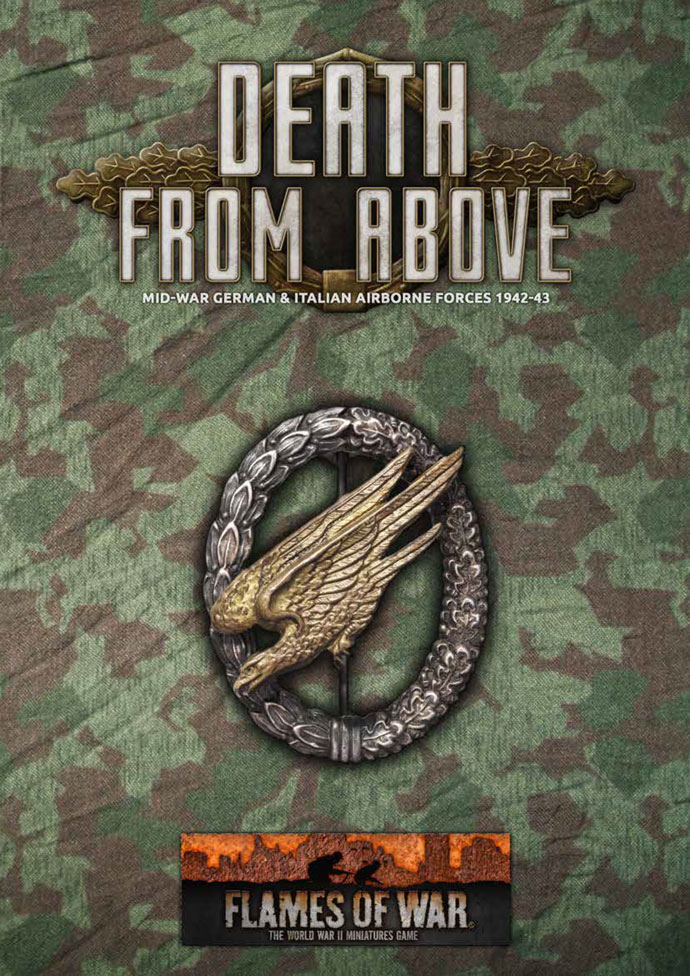 |
5. Fallschirmjäger Regiment in Tunisia
January to May 1943
November to December 1942...
The winter of 1943 in Tunisia was cold and wet and little happened between December and January. Both the Allies and Axis continued to build up their troop presence in Tunisia. To counter the Allied build up Panzer Armee Afrika has arrived from Libya after their long retreat from El Alamein, and more troops had been flown into Tunis, among them were units of the Hermann Göring Division.
To bring the Hermann Göring Division up to strength the 5. Fallschirmjäger Regiment was added to the division, and in March became 5. Jäger Regiment Hermann Göring. Due to the increase number of troops in the Axis lines, the Fallschirmjäger were able to take respite from the front lines and it was not until late February 1943 they were in action again.
|
| The I Battalion, 5. Jäger Regiment Hermann Göring formed part of Kampfgruppe Schmidt and the III Battalion formed part of Kampfgruppe Audorff and took part in operation Ochsenkopf. On 26 February the four kampfgruppes of Hermann Göring moved forward to attack in the pouring rain. |
 |
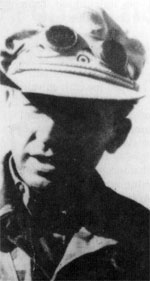 |
I Battalion (under Hauptmann Hans Jungwirth) advanced across the Bou Arada-Goubellat road towards the British positions, as daylight broke they came under increasing fire. The heavy defensive fire from the British positions forced the battalion back.
The III Battalion (now under the command of Major Schirmer) was mounted on the Panzers of the 10. Panzer Division, but as they moved forward they encountered heavy artillery fire and were forced to halt. The III Battalion were positioned at “Steamroller Farm” on the road to El Aroussa. Starting on 27 February they were in turned counter-attacked by the British, on five occasions and were able to repel all the attacks.
Operation Ochsenkopf lasted until 4 March, German progress was halted by increasing numbers of Allied attacks.
Before Oberstleutnant Koch made his fateful trip home (where he would be killed in a car accident) he oversaw the transfer of his regiment to the Hermann Göring division in a ceremony where they received their official cuff titles. In Koch’s absence Major Schirmer took command with the regiments two battalions being reorganised into three once again.
|
|
In April 5. Jäger Regiment Hermann Göring was once more pressed into the attack during Operations Fliederblute with the aim delaying a number of Allied attack towards Tunis. The key to taking the city was still the road and river crossing at Medjez el Bab, the British now held the town itself, but the Fallschirmjäger still held the high ground over looking the road. If the British were to make the successful drive on Tunis they needed to clear the high ground of the German defenders. The companies of the regiment attacked out of their positions between the Medjez-Tunis road and Goubellat, their principle aim to spoil any preparations for attack and then return to their defensive positions.
On 19 April the III Battalion attacked Djebel Djaffa (west of Goubellat) with support from the Tigers of 501 schwere Panzer Abteilung. The attack meet with no major success. 20 April see another attack mounted by the 12. Kompanie with Tiger support on the road to Medjez el Bab. A British counter-attack was repelled and several British tanks were knocked out, but Tiger 131 is abandoned (the Tiger now at Bovington Tank museum in the United Kingdom) and the Kampfgruppe withdraws to their defensive positions.
|
 |
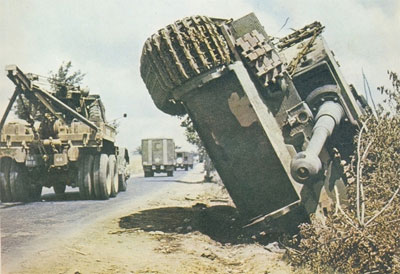 |
The British 6th Armoured Division launches an attack on 21 April on the positions of the 5. Jäger Regiment Hermann Göring and other elements of the division. The defence is supported by elements of 501 Schwerepanzer Abteilung and the Tigers knockout over 40 British tanks and the British are pushed back.
With Churchills to War Scenario...
On 23 April Fallschirmjäger defending Hill 107 between Medjez el Bab and Goubellat were over run and lose control of the position. On 25 April an attack is launched to take the hill back, and is successful with support of the Tigers.
|
| Even while the Fallschirmjäger were engaged in their spoiling attacks, the newly arrived British 4th Division’s 12th Brigade was putting pressure on the Fallschirmjäger position at “Cactus Farm”. This fortified farmyard was protected by a cactus hedge and concrete fortifications, and was defended by a platoon of 48 Fallschirmjäger under Feldwebel Schaefer. The position held a good view of the road to Tunis and was vital for both side’s aims. Attacks on 28, 29 and 30 April were all thrown back by Schaefer’s platoon, the last attack coming down to hand-to-hand fighting in the farmyard itself. |
|
In a supreme effort to take the positions a whole squadron of twelve Churchill tanks was thrown against the Fallschirmjäger position on 1 May. Schaefer called on the artillery, but the Churchills kept coming and smashed through the perimeter of the farm. The Fallschirmjäger kept the supporting British infantry back. Nearby Kampfgruppe Irkens were in position, and attached to them on 28 April was a platoon from 501 schwere Panzer Abteilung, two Tiger IE and two Panzer III N tanks. The Tigers opened fire on the Churchills and destroyed 4 British tanks.
The British returned fire and knocked out both Tigers forcing the Panzers to withdraw. The Fallschirmjäger, lead by Schaefer, attacked the Churchills with their Panzerknackers running from one slit trench, attacking the tanks, and diving back into another trench. Only five Churchills returned to the British lines, the Fallschirmjäger had knocked out another three.
|
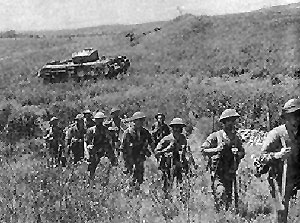 |
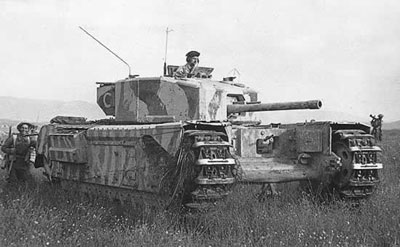 |
Attacks continued on 1 and 2 May, Schaefer’s platoon holding off further attacks by calling up the artillery on their own positions. Finally they withdrew to new defensive positions around Massicault.
Cactus Farm Scenario...
In the last few days of the attack the Fallschirmjäger in various positions along the lines tried to stem the tide of the Allied attack, but to little effect. Those Fallschirmjäger defending the Medjez-Tunis road were either captured or overrun by 6 May and the first British troops enter the city on 7 May. Axis forces were pushed further into the north-eastern corner of Tunisia until their final surrender on 12 May.
|
In the meantime some Fallschirmjäger manage to escape, including a number of men from the newly reformed II Battalion who board a ship bound for Italy. A number of others used improvised methods to get to safety, taking rowing and speed boats.
FJR.5 was formed again, first with the II Battalion under the command of Major Schirmer from those me who had escaped Tunisia and those recovering from wounds or on leave in Germany. The II Battalion was back in action in Italy in 1943 with the 2nd Fallschirmjager Division, but the I and III battalions would not be reformed until 1944. |
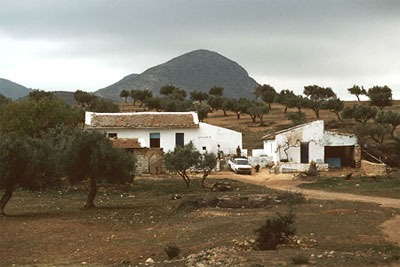 |
Last Updated On Thursday, November 14, 2019
|
|
|